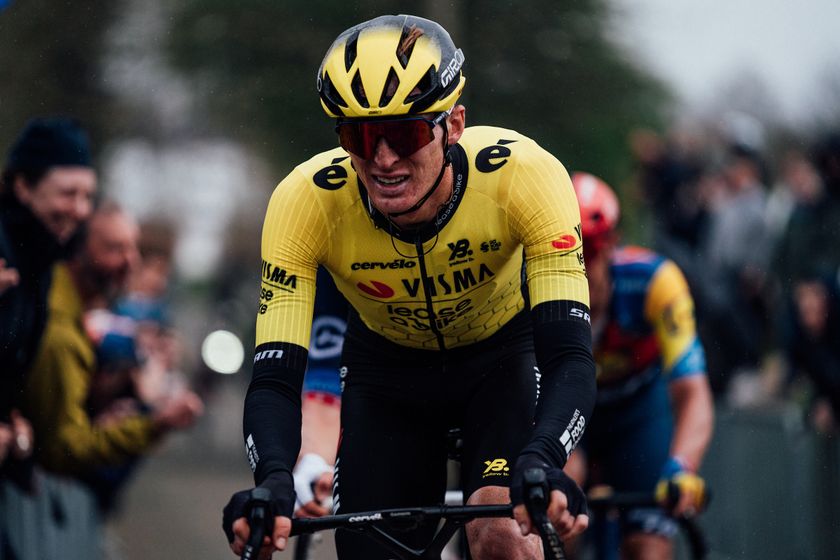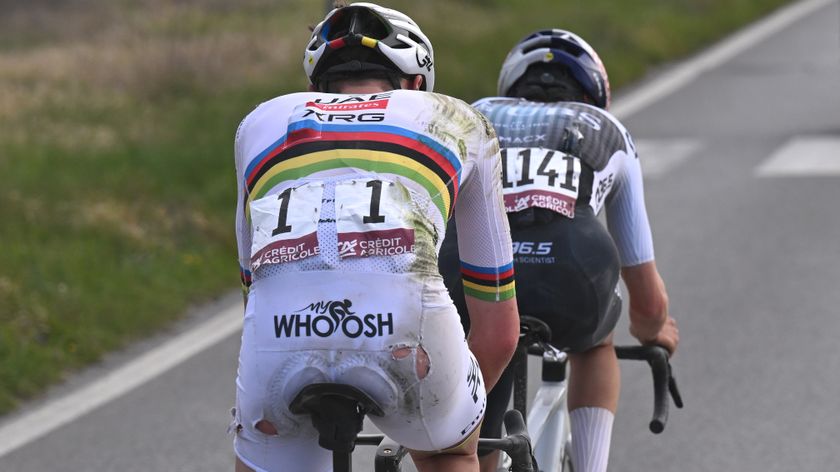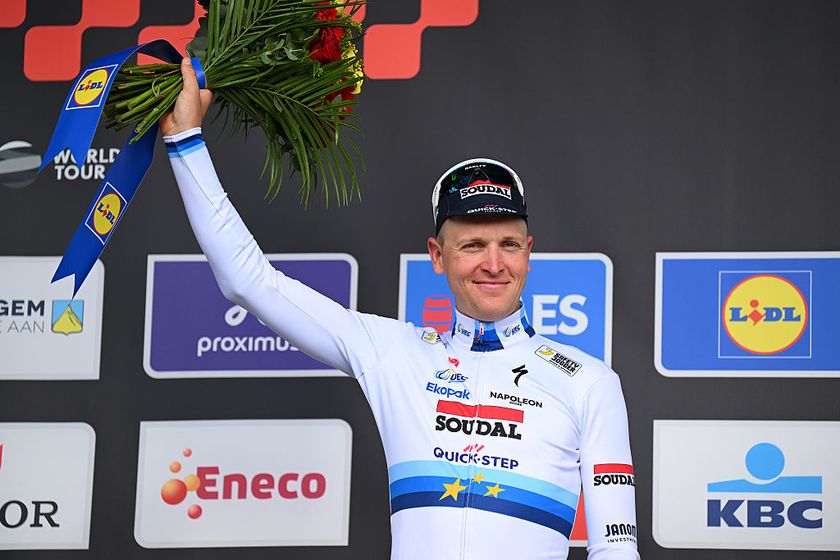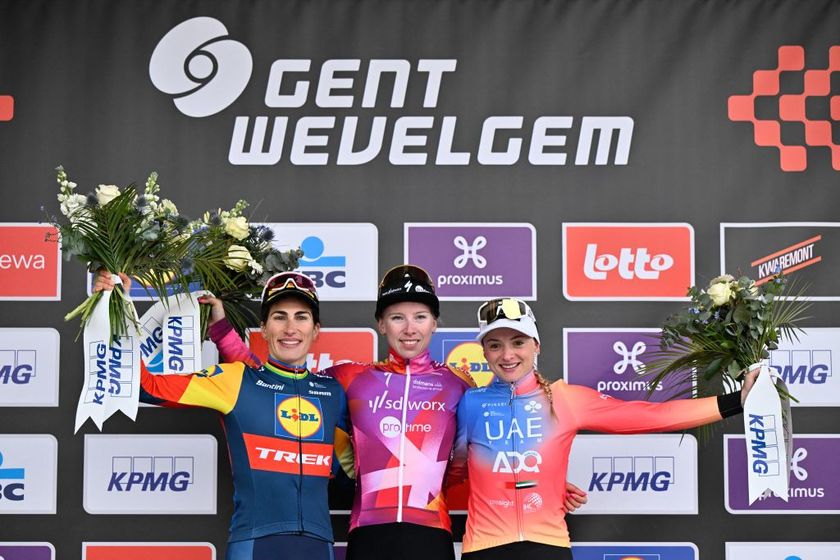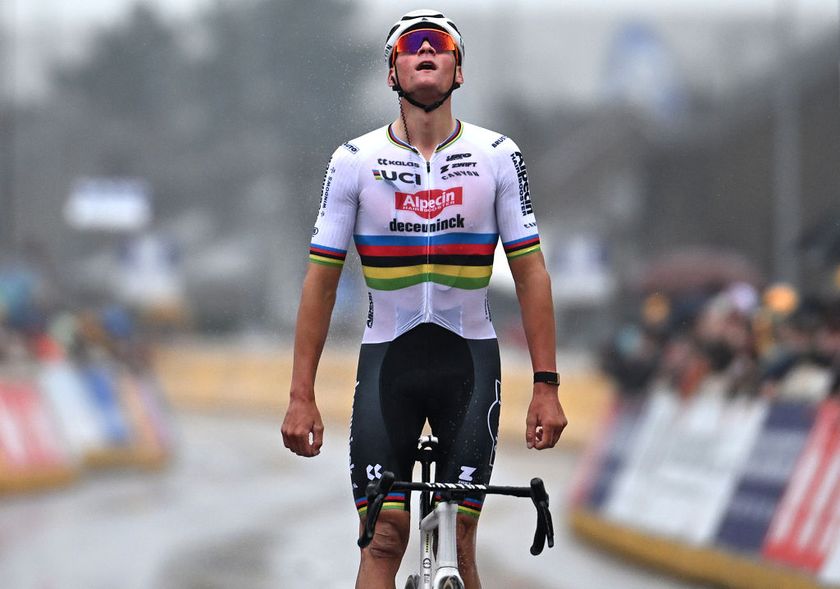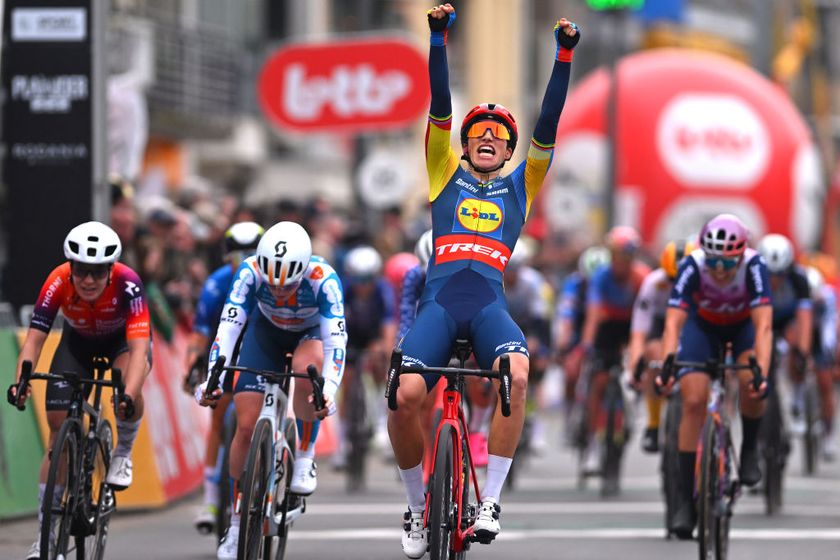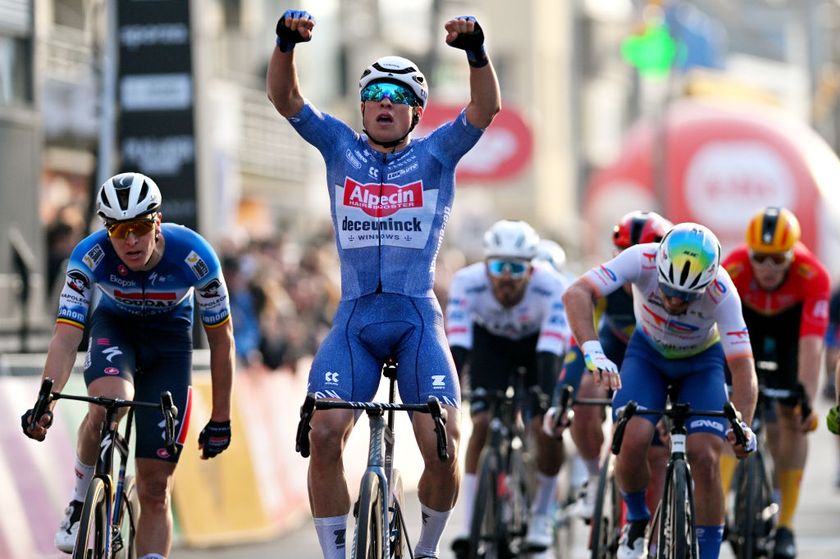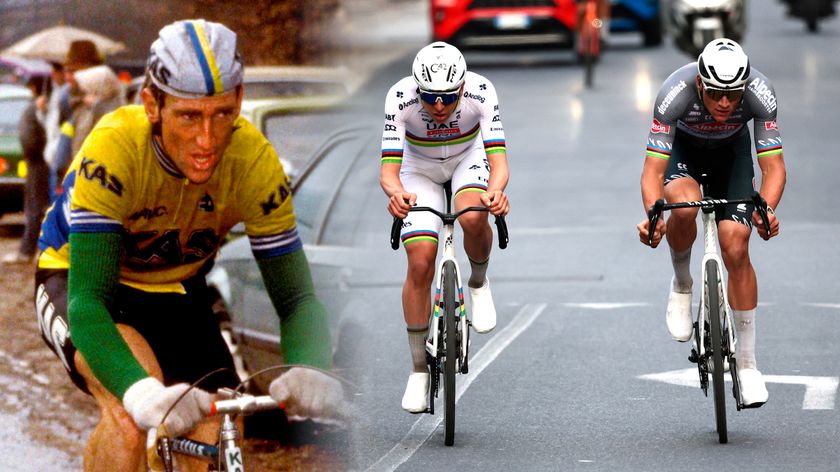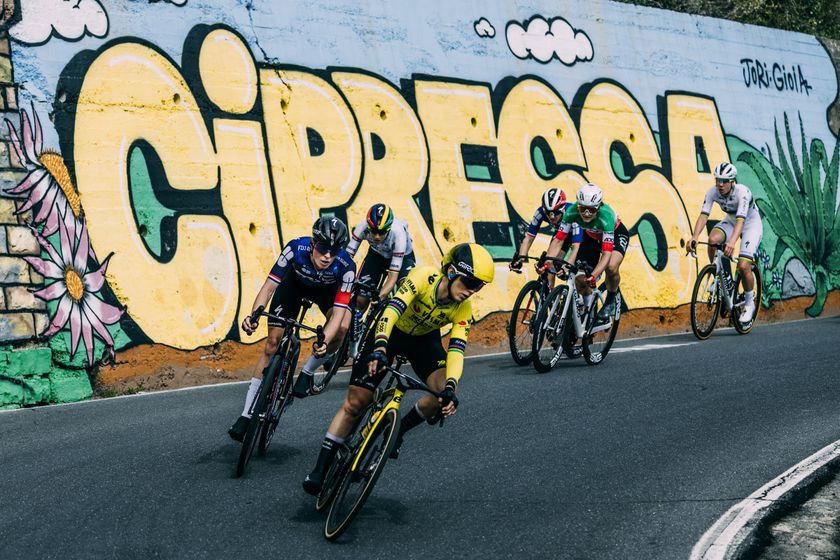Cyclingnews' guide to the 2010 Spring Classics
Your guide to the 'March madness' of cycling
Boasson Hagen to lead Team Sky at Milan-San Remo
Rabobank look to Freire for Milan-San Remo glory
Cancellara quietly confident for Milan-San Remo
Hushovd sees Milan-San Remo as "bingo"
Rating the Milan-San Remo contenders
Armstrong out of Milan-San Remo due to illness
Van Avermaet to have his chances in Milan-San Remo
Phinney and Kiefel recall 7-11's wild Milan-San Remo
Gallery: At the start of Milan-San Remo
Freire gives Oscar-winning performance in Milan - San Remo
Boonen has no regrets after Milan-San Remo
Cavendish describes incident-packed Milan-San Remo
Greipel not happy with Milan-San Remo exclusion
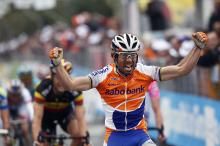
Take note of the Le Mànie, Cipressa and Poggio: these climbs typically break up the race by sending the weak sprinters out the back door and allowing the attacking riders to launch a move. If a group makes it to the line expect to see a fascinating bunch gallop along Lungomare Italo Calvino.
The Milano-Sanremo, the first of cycling's five Monuments, celebrates its 101st anniversary this year.
Live report Results & Report Photos Past Winners
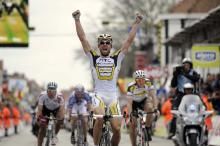
The early part of the race takes place near Belgium's North Sea coast line, which means high winds often shatters the peloton into bits. This combined with the inceased number of climbs could change the nature of the finale in Wevelgem, pushing sprinters like Oscar Freire off of the podium.
Live report Results & Report Photos Past Winners
Get The Leadout Newsletter
The latest race content, interviews, features, reviews and expert buying guides, direct to your inbox!
April 5: Ronde van Vlaanderen/Tour of Flanders
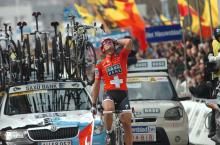
The race takes in a series of hellingen in its route through west Belgium. Climbs that usually feature are the Oude Kwaremont, Taaienberg, Kapelmuur and Bosberg. They are not the long ascents that you find in the Grand Tours, but short and steep pitches that are often accompanied by pavé.
The Classic is the first of the true Northern classics and the second of cycling's five Monuments.
Live report Results & Report Photos Past Winners
April 12: Paris-Roubaix
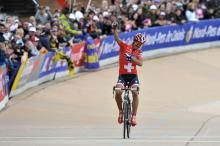
Dreams of riders like George Hincapie and Johan Museeuw have ended in tears along the roadside, but the risks make the victory in velodrome that much sweeter. After 260 kilometres, around 50 on pavé, the race ends with one and a half laps on Roubaix's outdoor track.
Win in Roubaix, the third of cycling's five Monuments, and you are considered a god. Riders like Fausto Coppi, Rik Van Looy, Eddy Merckx, Francesco Moser, Sean Kelly and Tom Boonen have tamed Paris-Roubaix's pavé for the well-earned status.
Live report Results & Report Photos Past Winners
April 19: Amstel Gold Race
No other race is like the Dutch Classic Amstel Gold Race: twisty and narrow roads, short and steep climbs and crazed orange-clad fans. The first of three Ardennes Classics is a race to watch and one for the riders to add to their palmarès.
The realitively new classic (this year celebrating its 45th year) starts in Maastricht and ends with three different circuits on the Cauberg. The first two times up the 1.5-kilometre climb splits the race into select groups, while the final ascent decides the race winner.
Home team Rabobank goes all out to make its presence felt in this race, but in recent years it has fallen short of the victory. Italians have made this race theirs since Erik Dekker last won for Rabobank and The Netherlands in 2001.
April 22: La Flèche Wallonne
Belgium's Flèche Wallonne is a mid-week race with a short distance of 200 kilometres, but that does not change the importance of this race that always ends with spectacular explosions on the famed Mur de Huy. The climb is a 1300-metre leg-snapping ascent that averages 9.3 percent gradient and boasts a maximum of 25 percent.
The second of three Ardennes Classics starts at a leisurely pace in the Walloon city of Charleroi, but it ends with two rings of fire (if you will) around the city of Huy. The riders top the Mur de Huy the first time to start the smaller circuit that ends with Huy. From there it is all positioning for the final larger circuit: Côte de Peu d'Eau, Côte de Haut-Bois, Côte de Thon, Côte de Bonneville, Côte de Bohissau, Côte de Ahin and Mur de Huy.
Riders need to be in the front 15 for the Mur de Huy. Then, whoever wants to win needs to wait to the last three-hundred metres to light his dynamite. A well-timed blast will produce a victory, but an early move will mean you are gasping for breath on the fan-lined Mur.
April 26: Liège-Bastogne-Liège
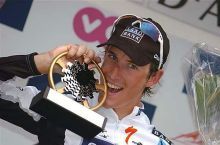
On the return journey to Ans, the favourites will start to move forward in the pack. One of the toughest battles will be waged on the 2.1-kilometre La Redoute, coming at kilometre 226 and 35 kilometres from the finish. La Redoute will be an indicator of how the race will continue to unfold over the three following côtes of Sprimont (-29km), Roche aux Faucons (-19.5km) and Saint-Nicolas (-5.5km).
The finish to Ans is not considered one of the official climbs, but it rises steadily over the final two kilometres.
La Doyenne ('The Grand Old Lady') is the fourth of cycling's five Monuments. The fifth Monument, Giro di Lombardia, comes almost six months later.
